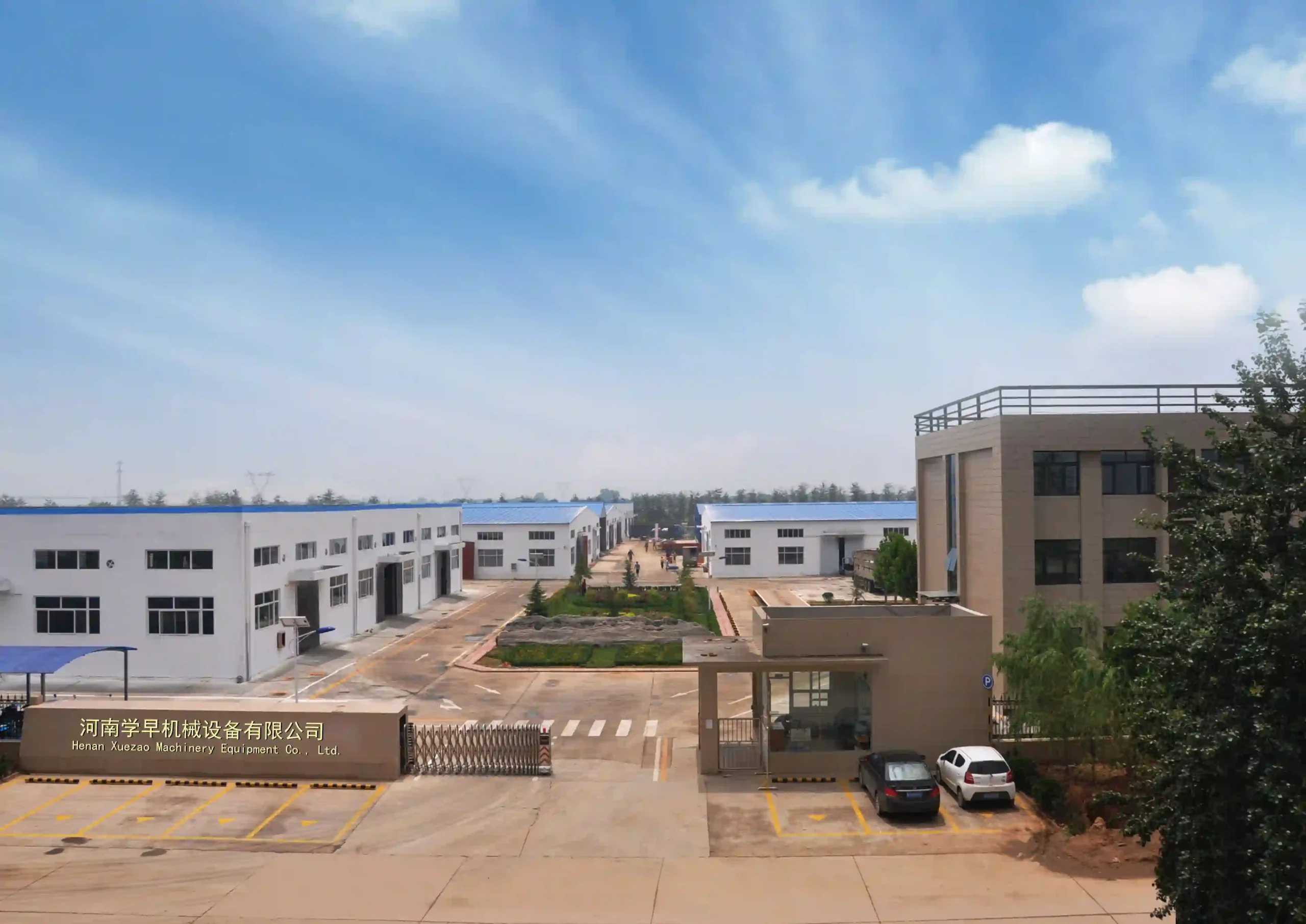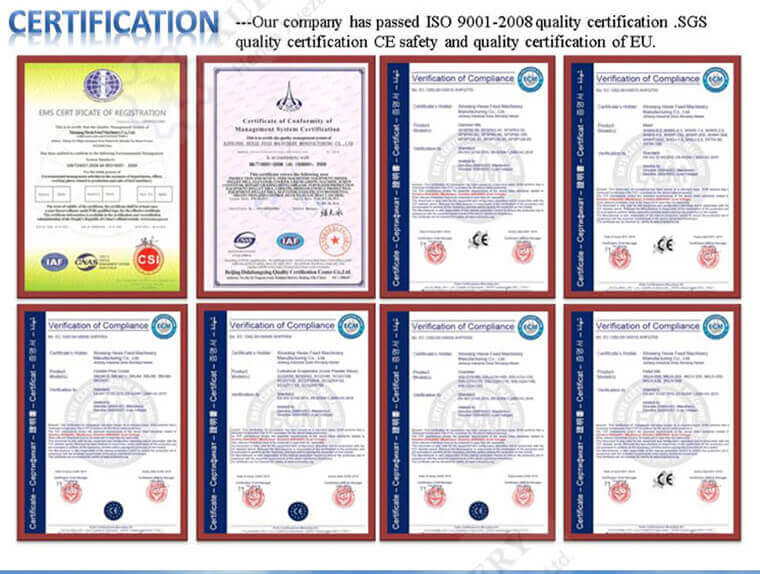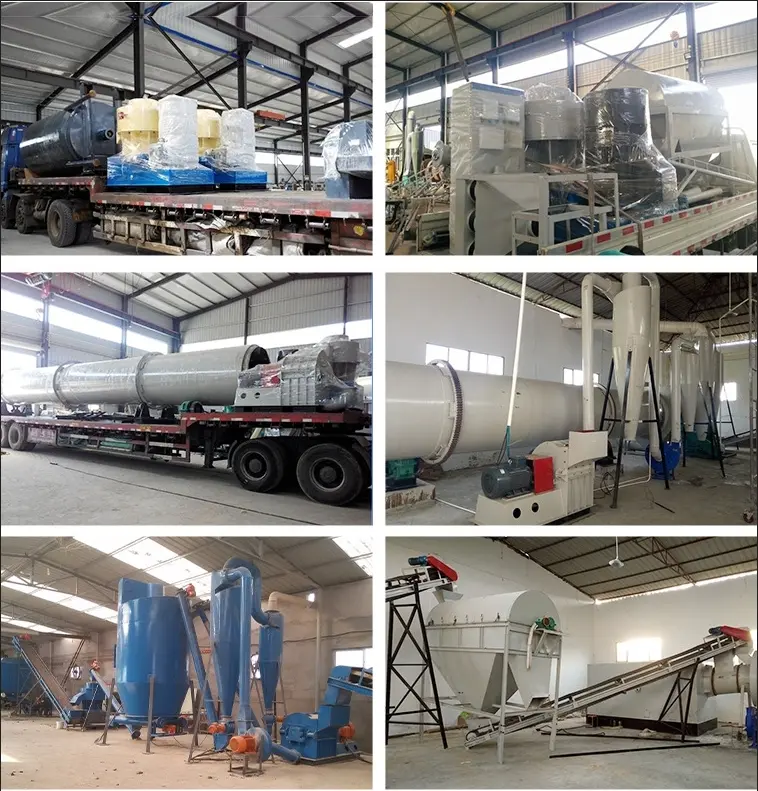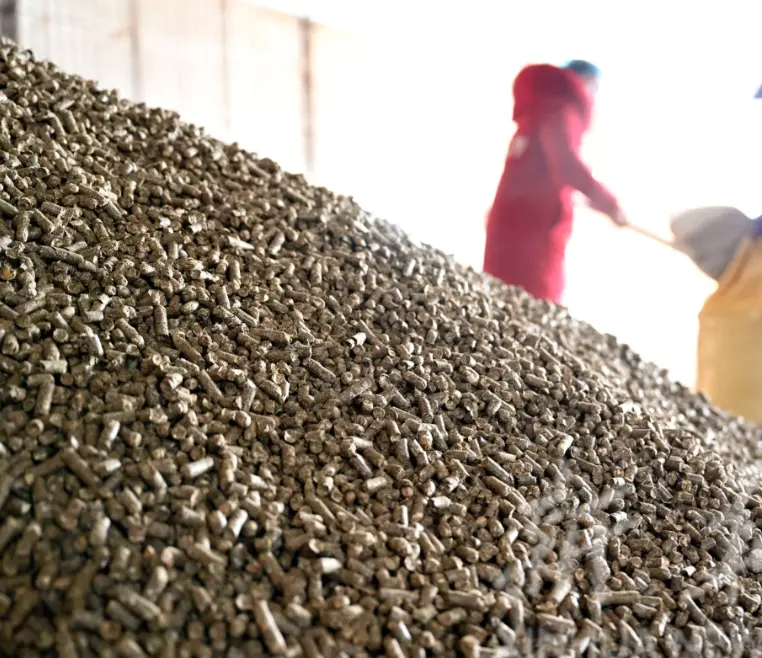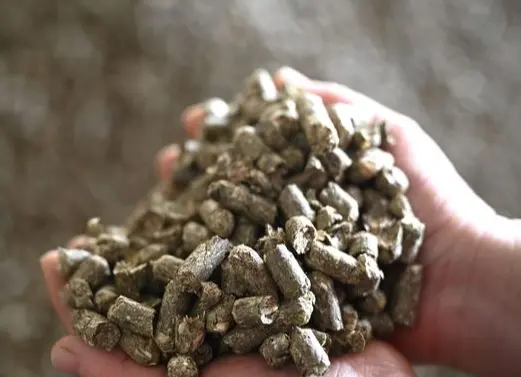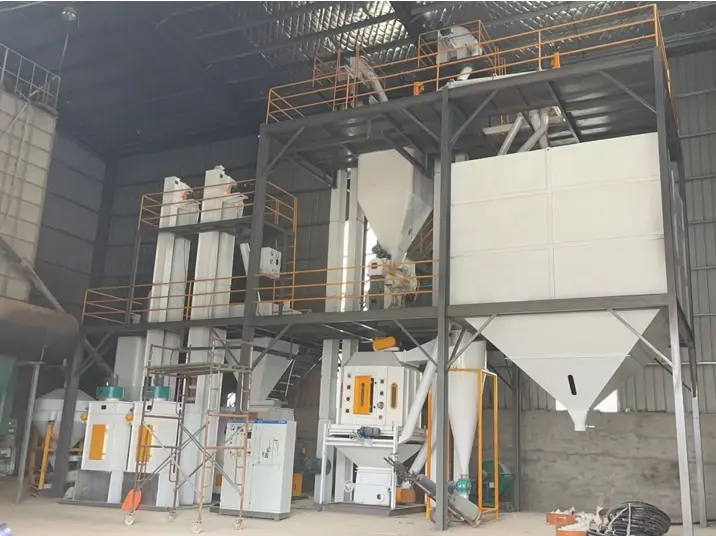
waste paper pellets
Transforming Paper Factory Residue into Fuel Pellets.
1. Exploiting the Potential of Paper Factory Waste
1.1 Description of Paper Factory
Paper originates from cellulose fibers in raw materials like wood, recycled paper, and agricultural residues. Approximately 60% of cellulose fibers in developing nations come from non-wood sources such as bagasse, cereal straw, bamboo, and others like reeds, esparto grass, jute, flax, and sisal. Paper production involves raw material prep, pulp manufacturing, bleaching, papermaking, and fiber recycling. Residue generation in paper factories is inevitable. Pulp and paper manufacturing involves internal and external cycles emphasizing reuse, recycling, and energy recovery for unrecyclable residues like wood and bark residues.

1.2 Varied Residue Types Across Paper Production Phases
1.2.1 Raw Material Preparation
Paper factories source wood from forests or sawmill by-products, leaving logging residues primarily in forests.
1.2.2 Pulp Manufacturing
Pulping involves wood debarking, resulting in bark residues. Kraft and mechanical pulping yield different residues.
Kraft pulping employs chemicals to cook wood chips, yielding green liquor dregs, lime mud, and sludge.
Mechanical pulping mechanically separates fibers, yielding a mixture of fibers and larger wood components.
1.2.3 Paper Manufacturing
Residues from paper production comprise wood fibers and minerals.
1.3 Primary Utilization of Paper Industry Residues
European paper industries largely use residues for in-house electricity and heat needs. Yet, valuable residues for energy recovery often end up in landfills.

1.4 Energy Generation
Most paper industry residues, sourced mainly from wood, are potential biofuels. Direct combustion, however, poses challenges due to irregular shape, low energy density, susceptibility to temperature and moisture, and transportation difficulties. Densification, through pelletizing, resolves these issues, forming uniform, high-density pellets ideal for fuel.
Utilizing paper mill waste presents an opportunity to harness energy from natural resources. The residues, predominantly wood-based, can serve as biofuel for energy production. However, their irregular shape, low energy density, sensitivity to temperature and moisture, and transportation challenges can hinder direct combustion. Densification through pelletization resolves these issues, creating uniform, high-density pellets ideal for fuel. This method optimizes the utilization of paper mill residues for efficient energy production.

Utilizing paper mill residues to create fuel pellets offers numerous advantages, especially concerning energy efficiency and environmental impact.
Fuel pellets boast uniformity in shape, size, energy content, and moisture, enabling easier transportation, storage, and conveyance compared to raw paper mill residues and other wood fuels. Their higher energy density per volume renders them more efficient for storage, requiring less space.
Moreover, the combustion equipment for pellets operates with greater automation and efficiency than alternative biomass-fueled systems, ensuring enhanced performance.
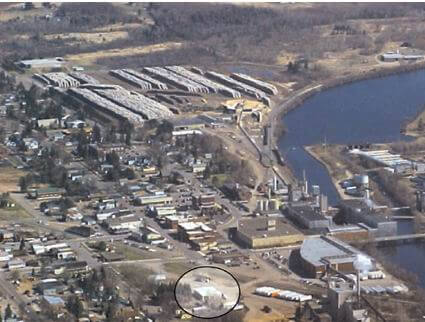
Within the paper industry, energy consumption stands as a significant expense, accounting for approximately 20% of production costs. As the fifth-largest global energy consumer, the industry continuously seeks cleaner, cost-effective fuel alternatives. Fuel pellets provide an efficient solution, with a ton equating to the energy of 120 gallons of heating oil. By converting mill residues into pellets for steam and electricity production, paper mills like Flambeau River Papers in Wisconsin successfully curtail coal usage, drastically reducing energy costs.
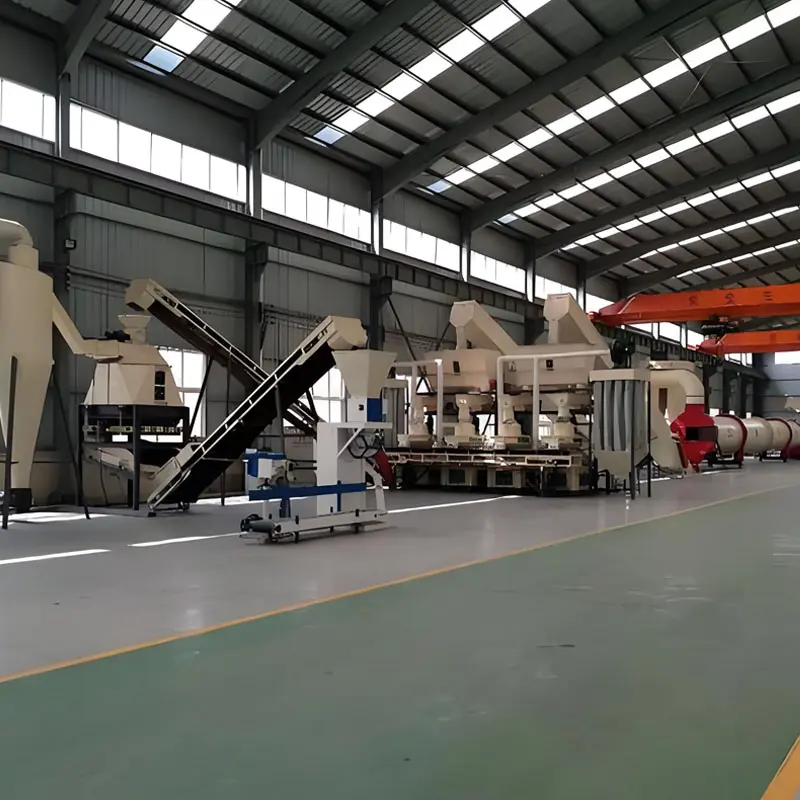
For instance, Flambeau River Papers strategically transitioned to wood pellet fuel, averting bankruptcy attributed to escalating natural gas and coal expenses. The mill’s affiliate began daily production of 13 tons of densified fuel pellets from sawmill residues and waste wood, significantly reducing coal dependency to approximately 10%.
Additionally, fuel pellets contribute to environmental sustainability by being considered carbon neutral. When burned, the emitted carbon dioxide is equivalent to that absorbed by a growing tree. This characteristic minimizes air pollution, presenting a sustainable and eco-friendly approach to disposing paper factory residues.
In summary, leveraging paper mill residues for fuel pellets not only optimizes energy efficiency but also significantly mitigates environmental impact, making it a viable and eco-conscious solution for the industry.

Making Paper Mill Residues into Wood Pellet Fuel
Fuel pellet production involves multiple stages and equipment for paper mill residue conversion.
The process necessitates key equipment:
1. Wood Hammer Mill: Crushes large residues into < 6mm powder.
2. Sawdust Dryer: Reduces moisture for pellet suitability.
3. Wood Pellet Machine: Vital for pellet production; two types exist: flat die for small-medium plants and ring die for large-scale production.
4. Fuel Pellets Cooler: Lowers pellet temperature to room level.
5. Pellets Sieve: Eliminates residual fines from pellets.
6. Biopellets Packaging Machine: Automates pellet weighing and packaging for larger operations.

The technology involved in pellet manufacturing comprises several steps.
1. Residue Collection: Gathered biomass requires sorting and preparation.
2. Grinding: Biomass reduced to < 6mm via wood hammer mill.
3. Drying: Materials with 12%-15% moisture dried by rotary or pipeline dryer.
4. Pelleting: Properly sized, moisture content materials fed into wood pellet machines to produce fuel pellets.
5. Cooling: Essential to stabilize, harden, and shape the pellets by reducing their high temperature (about 90℃).
6. Sieving: Removes harmful residual fines, potentially recycled in the process.
7. Packaging and Storage: Biopellets packaging machine bags the pellets. Storage is crucial due to their high moisture sensitivity; closed silos are recommended.

wood_pellets
Costs associated with setting up a pellet plant are distributed as follows:
– Raw Material: 43%
– Drying Machine: 35%
– Pelletizing Machine: 7%
– Personnel: 6%
– Storage Facilities: 3%
– Peripheral Equipment: 2.5%
– Grinding Equipment: 2%
– General Investments: 1%
– Cooling Equipment: 0.5%
Setting up a pellet mill entails various costs, predominantly in raw materials and drying machinery. Pelleting machines, personnel, and storage also constitute significant expenses, with smaller allocations for peripheral and grinding equipment, general investments, and cooling systems.


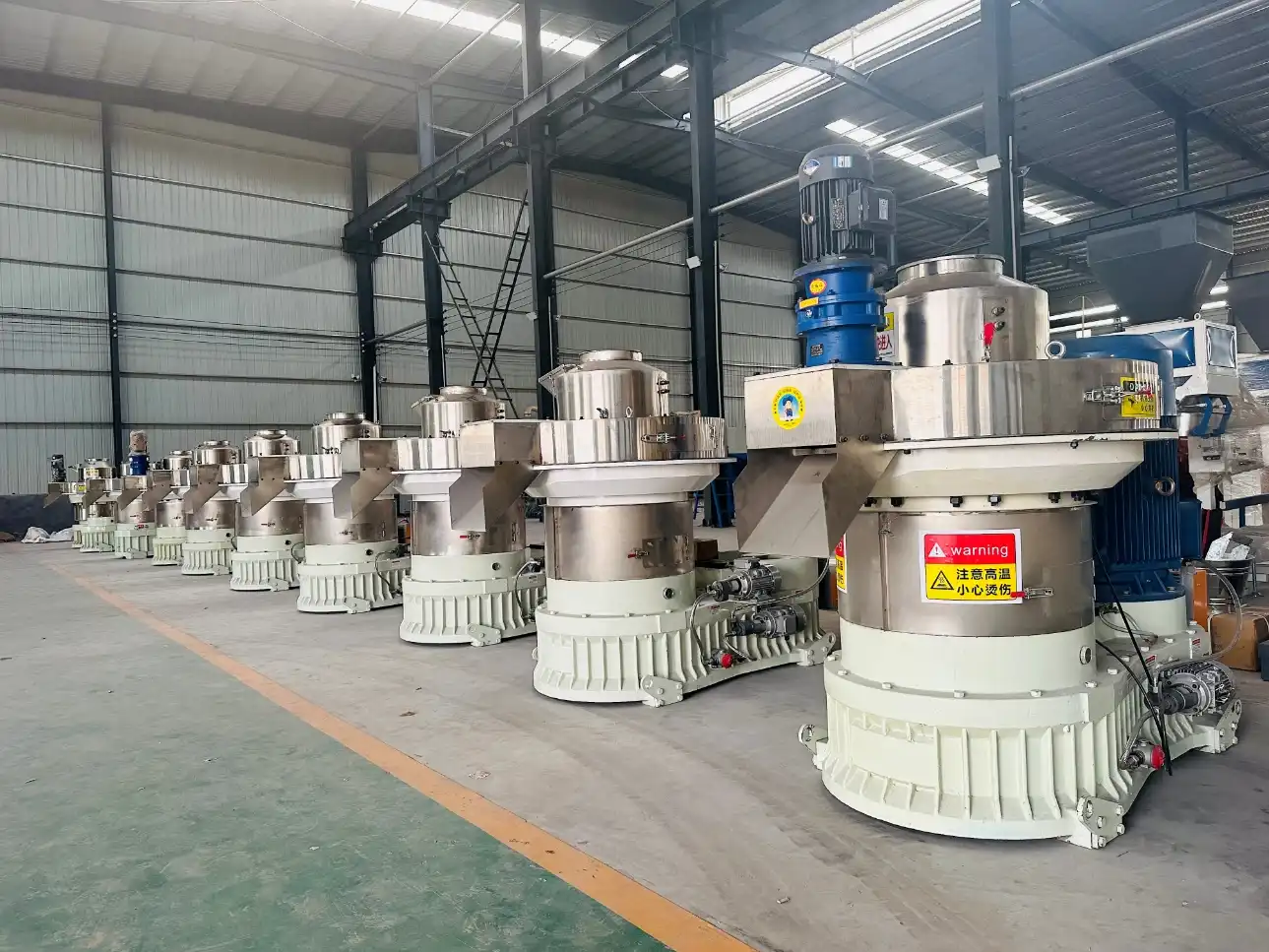
When considering the free material from a paper mill, the cost dynamic shifts considerably. The drying equipment’s expense constitutes 93% of the initial setup costs, underscoring the significance of feedstock pricing. Procuring biomass feedstock stands as the most expensive facet in pellet production, while drying raw materials emerges as the most energy-intensive process. Therefore, given the surplus of suitable residues for fuel pellet production, it benefits paper mills to venture into fuel pellet manufacturing.
Regarding pellet production cost and energy consumption, their correlation aligns with the pellet plant size, generally showcasing a direct relationship.
In conclusion, as a move to curtail energy expenses and promote environmental sustainability, paper mills are increasingly inclined toward responsibly managing their paper production residues. Utilizing these residues for fuel pellet production stands as a proven and efficient strategy.
